The magic behind semamori stitching
Semamori are protective stitches applied to children’s clothes. Like with sashiko stitching, each pattern holds a different kind of spell.
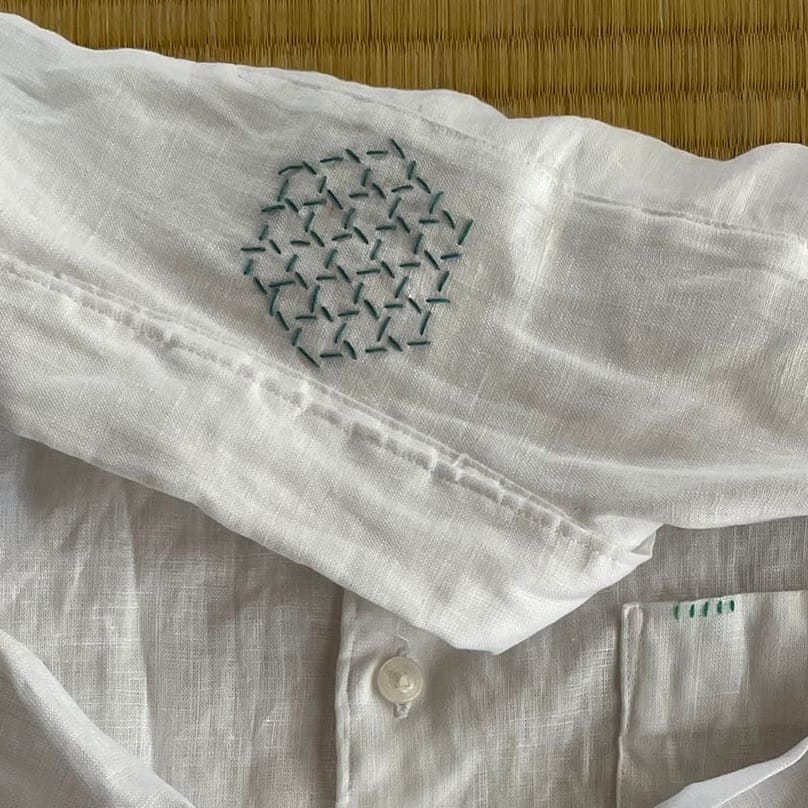
What does semamori mean?
Semamori 背守り literally means “back protection,” but it has a way softer ring to it in Japanese. Let me explain.
Omamori お守り are tiny protective charms that can be bought at shrines all over Japan.
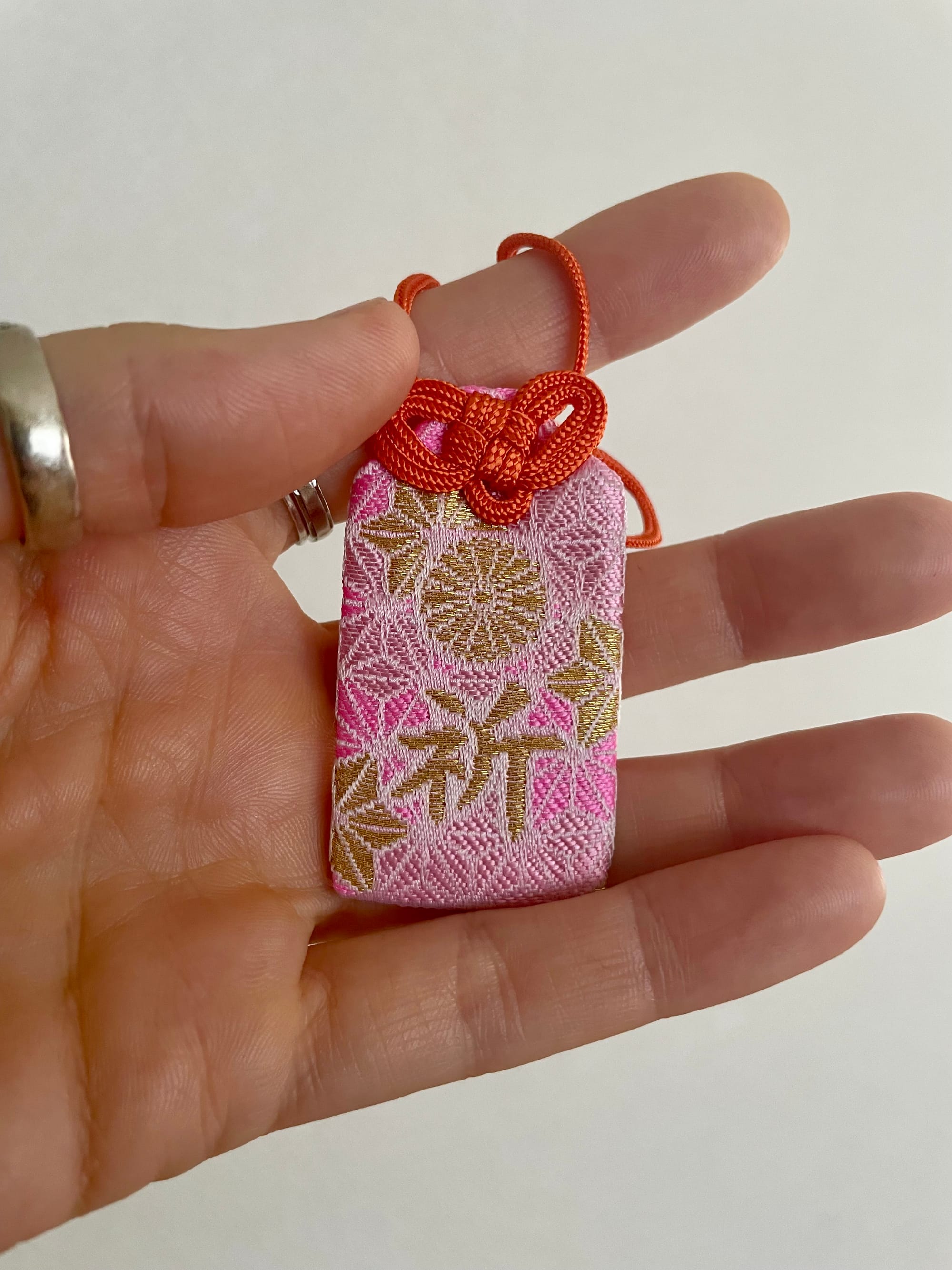
The word omamori consists of the honorific prefix “o” and the verb “mamoru,” which means “to protect.”
The verb is used as a noun here, that’s why it ends with “ri” instead of “ru.”
Omamori are usually very cute and maybe that's why the word sounds sort of cute.
The word “semamori” has dropped the honorific prefix and instead attached se 背, the word for “back” in Japanese. So the literal translation would be “back protector” or “back protection.”
What are semamori?
Semamori are protective stitches that were applied to children’s clothes in Japan. They can take on many different forms.
In most cases, the mother or grandmother of a child applies the semamori stitching. Depending on what the stitcher wishes for, the form of the stitches changes.
Very much like with sashiko stitching, the various forms and patterns each hold a different kind of spell.
What is the historical origin of semamori?
The first depiction of semamori known to me is on a child's kimono in 春日権現験記 Kasuga Gongen Kenki. It was published more than 150 years ago during the Meiji Era in 1870 by 板橋貫雄 Itabashi Tsurao.
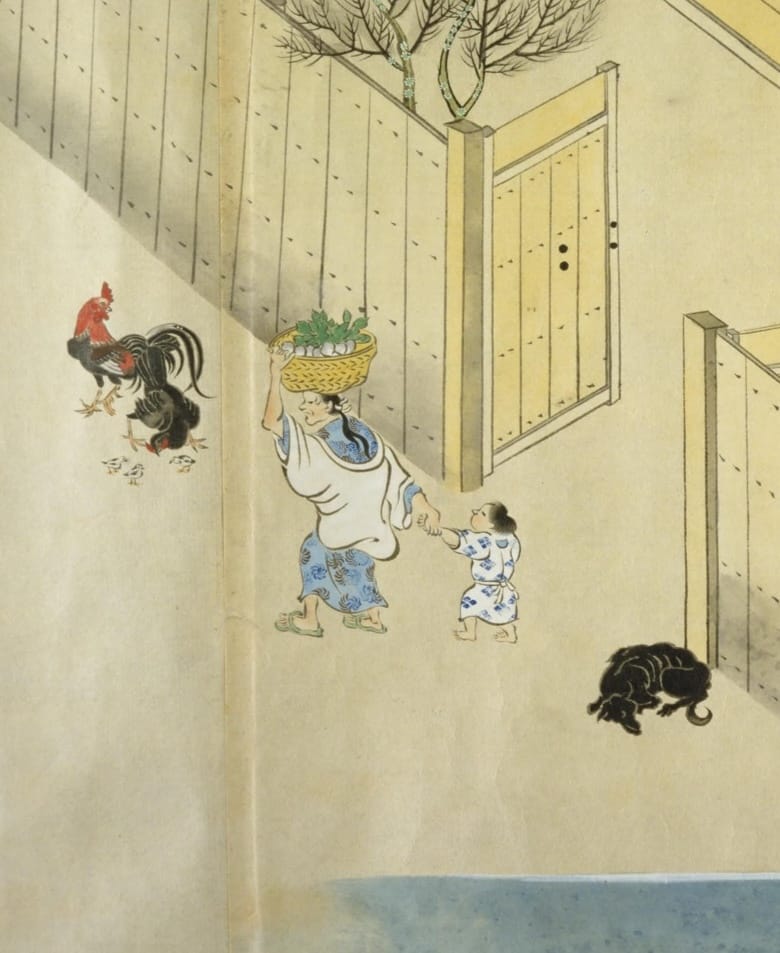
Back then, children until the age of seven were thought to still be connected to the gods' realm. 七つまでは神の子 nanatsu made wa kami no ko “The gods' child until seven.”
During those days, many children lost their lives before they turned seven due to accidents or illness. The risk went down immensely after they reached that age, which is why people came up with some extra protection such as semamori. Source in Japanese
Semamori are mentioned in Japanese literature for the first time in 1911 in the 最新女子裁縫講義 saishinjoshi saihōkōgi “The latest girls sewing lecture” by 小山田秋子 Oyamada Akiko.
In the mentioned textbook, semamori are referred to as 守縫 and 背紋 mamorinui, “protective stitching” and semon, “back family crest.”
The first entry shows the most basic form of semamori:

This form of semamori left a piece of string dangling from the child's back so that the gods could pull up the child's soul in case of a mishap.
The second page of the textbook shows more decorative versions of semamori.

A Semamori to watch over you
Before Western clothing was adopted in Japan, adults' clothes were made out of two panels sewn together in the middle, resulting in a seam running down the spine.
In Japanese, “seam” is 縫い目 nuime. The first part 縫い means “sewing,” the second part 目 means “eye.”
Children's clothes, on the other hand, were made out of just one panel of fabric. Therefore, there was no seam on the back, and thus no eyes to protect their back.
These clothes were called 一つ身 hitotsumi “one body.” They had a maximum width of 36cm, as that was the typical width of any fabric panel made in Japan at the time.
To make up for the lack of a protective seam, a semamori would be applied, thus adding a nuime.
Similarly to the concept of a “sewing eye”, bamboo baskets also feature “eyes” that keep evil at bay. Read more in this post about the Kagome pattern.
What is the cultural background of semamori?
Not many Japanese people I know are familiar with semamori. Just like sashiko, semamori are having a come-back in Japan, but they are still a rather niche trend.
There are a couple books about semamori, but in comparison to the vast canon of sashiko literature, the selection is very slim.
Still, the tradition has not been completely forgotten.
The protection that a semamori promises its wearer never goes out of fashion. You'd probably agree: I don't think there ever was or ever will be a time when a mother doesn't want her child to be safe from peril.
Like every person wishes for any loved one.
Semamori are these wishes for the protection of a loved one in a visible form.
How do you make semamori?
Semamori are stitched onto the back of clothing. Usually they are applied below the collar. They can be simple embroidered geometrical patterns or elaborate decorative stitches.
If you get lucky, you can find 背守り帳 semamorichō in Japan. These are little practice books that were made by kids.
堀川波 Horikawa Nami has released a book where she teaches how to sew semamori. If you have done any embroidery or other needlework, you should have no trouble making a lovely semamori.
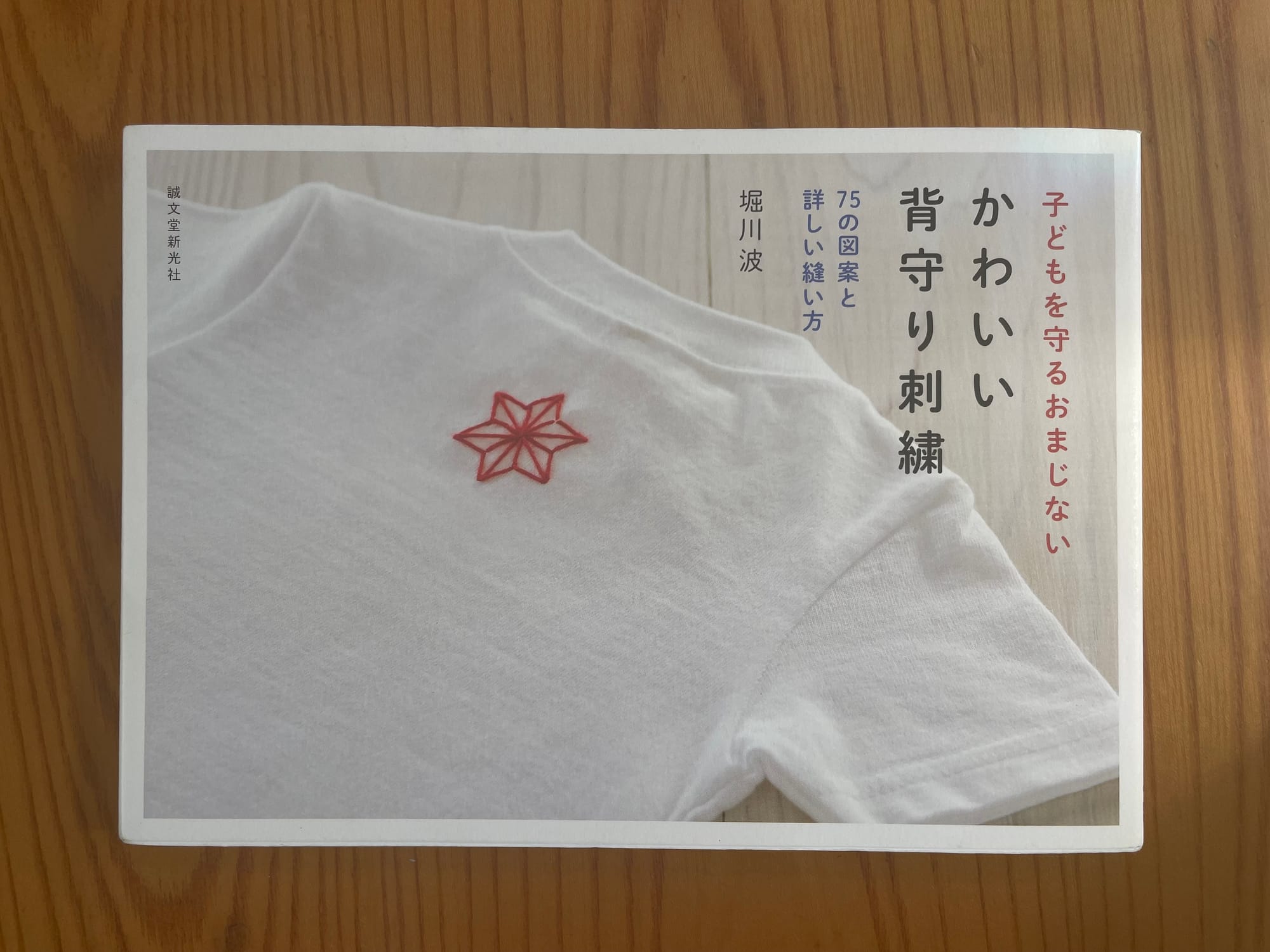
かわいい背守り刺繍: 子どもを守るおまじない
"Kawaii Semamori Shishū: Kodomo wo mamoru Omajinai" is a book on how to sew semamori. With 75 patterns and explanations on how to sew, it is perfect for anyone who wants to try out semamori stitching. Even though the book is in Japanese, I think the instructions are easy to understand thanks to the pictures.
Horikawa has shared some of the semamori in her book on her instagram account:
I've started a semamorichō of my own. I've added many patterns from Horikawa Nami's book, but some are my own creations.
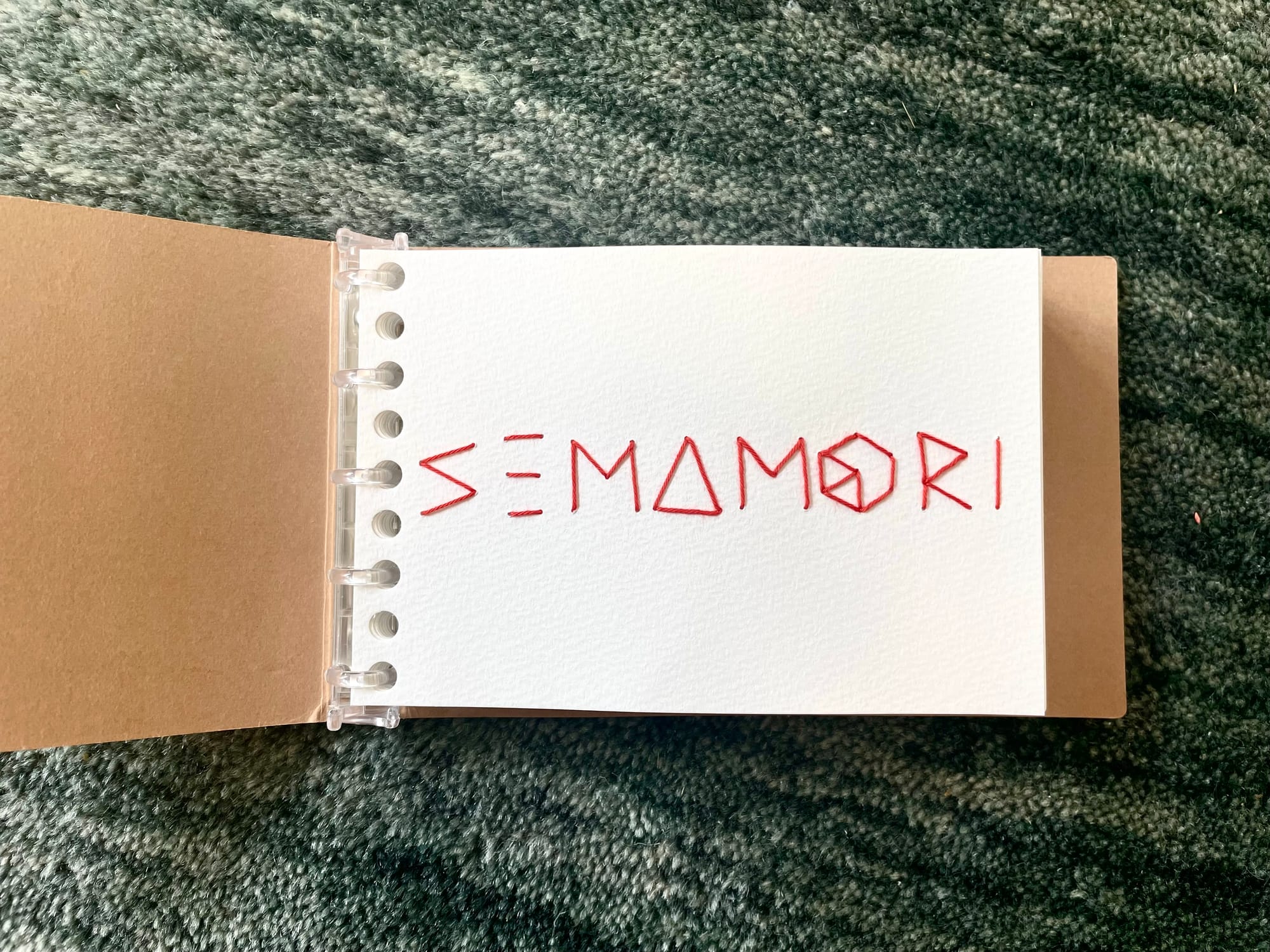
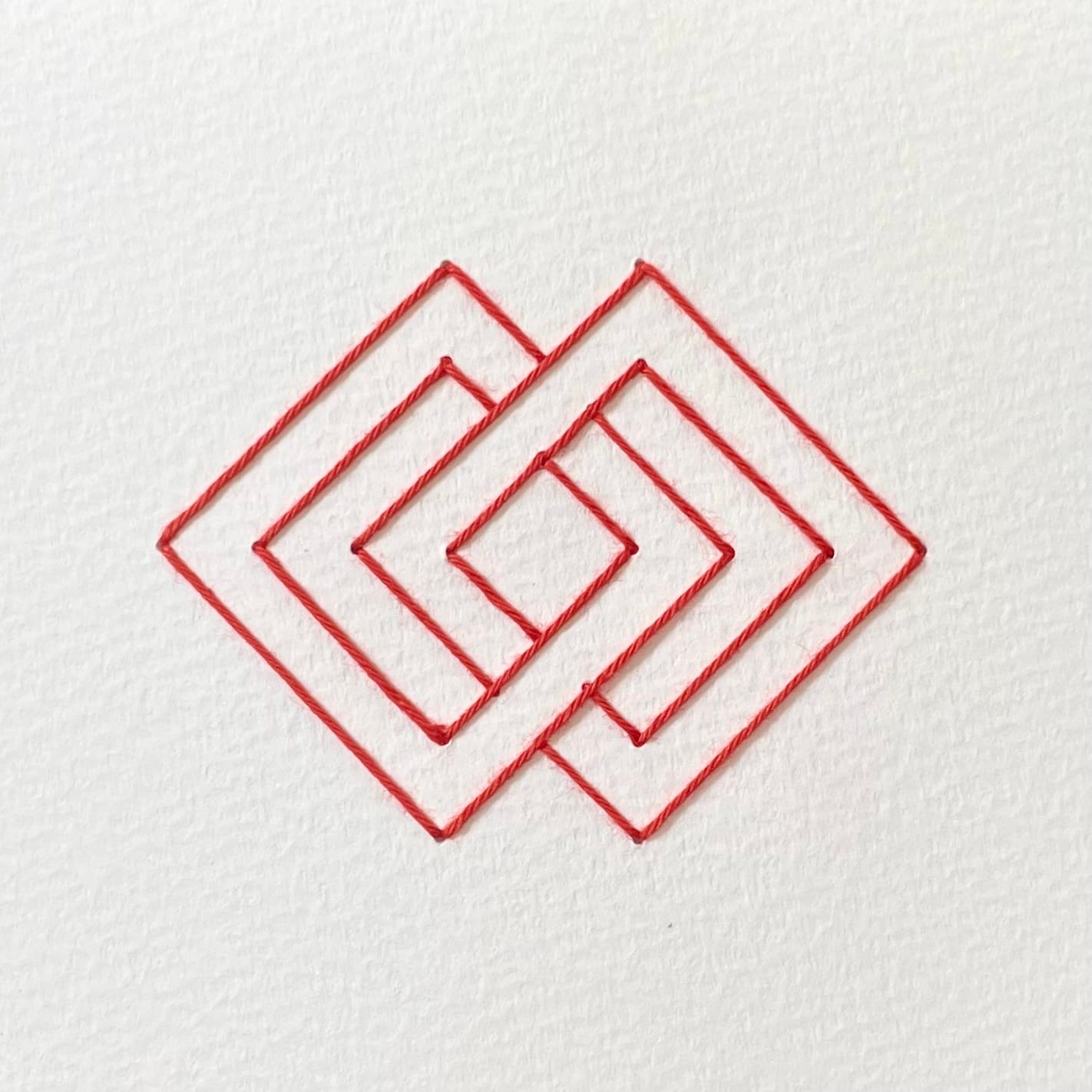
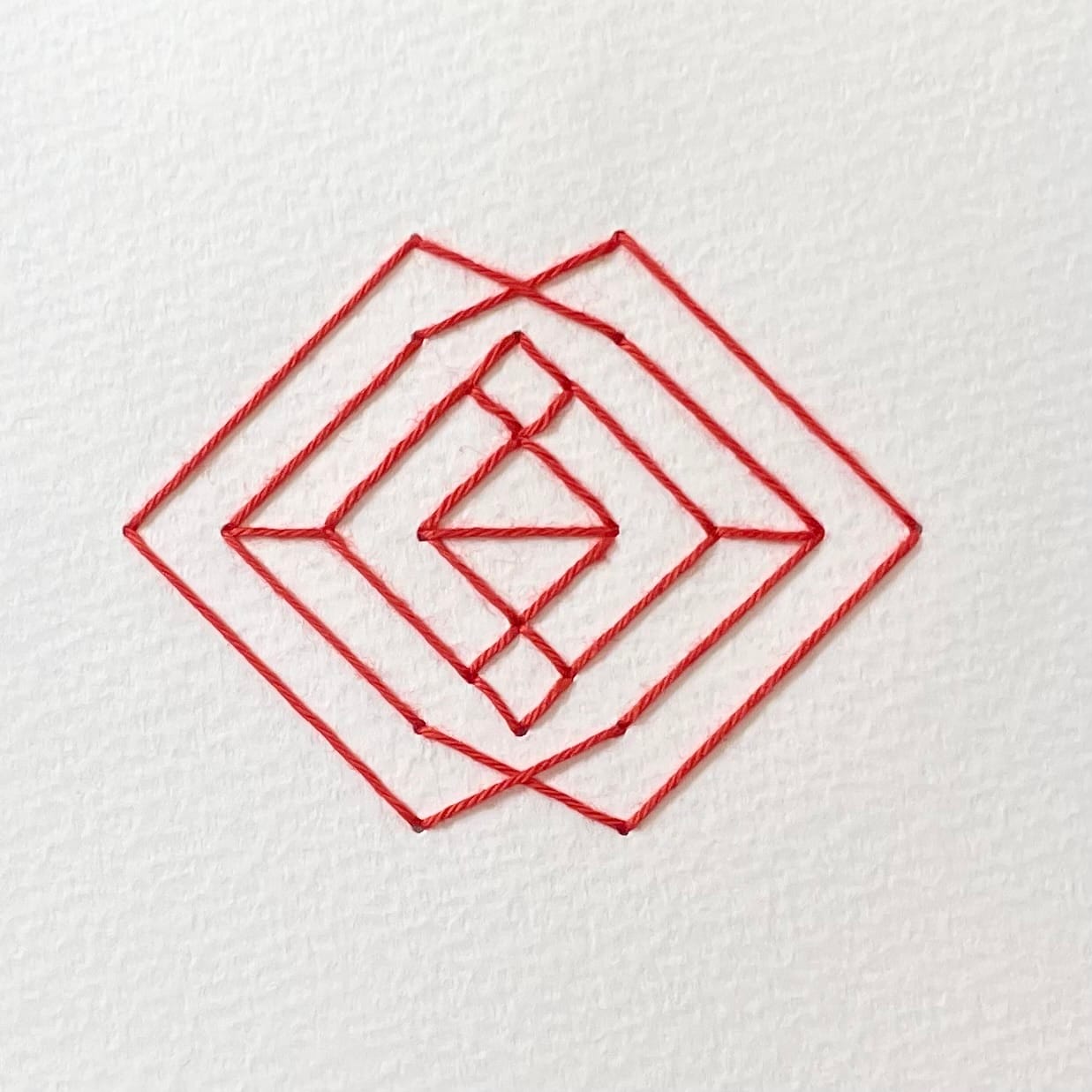
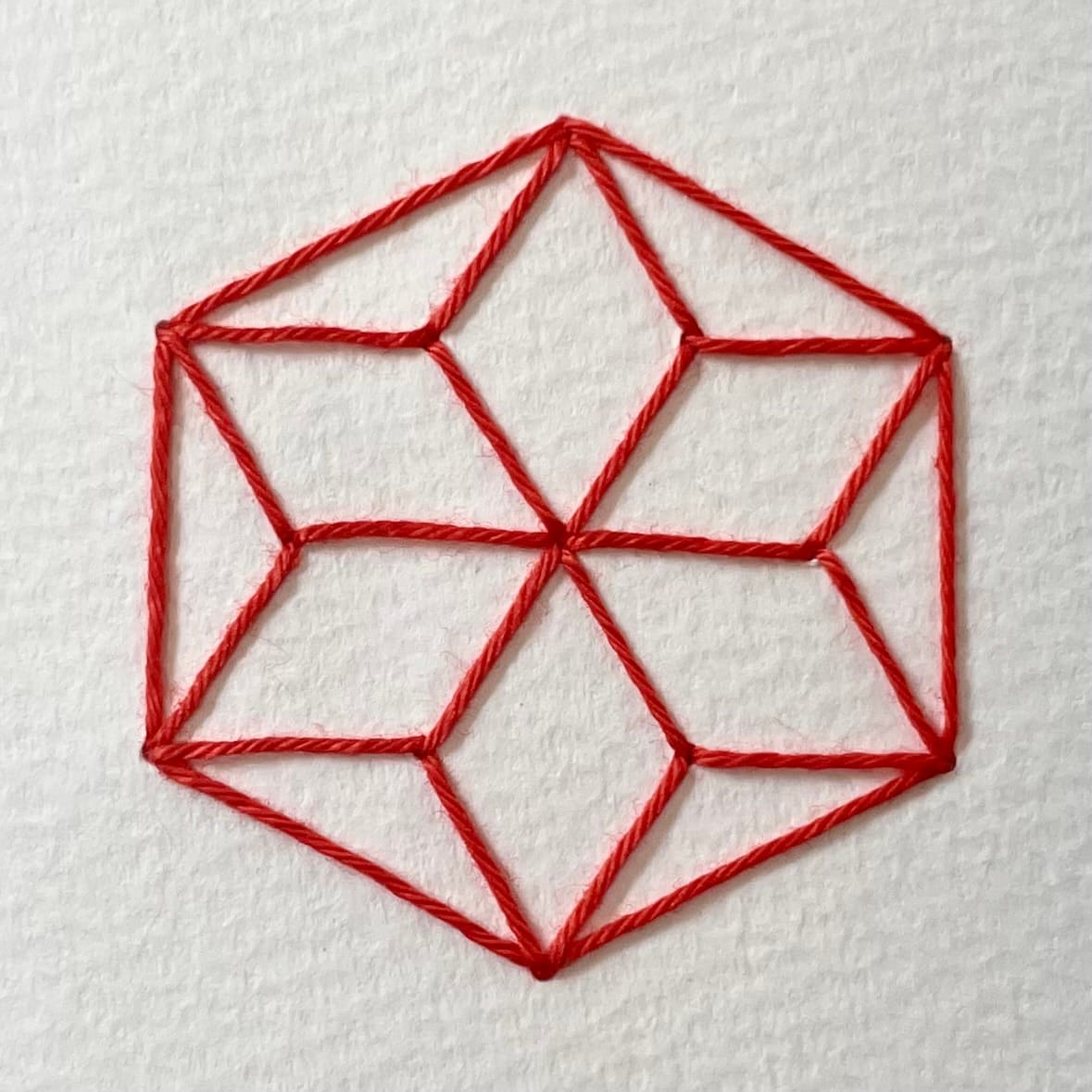
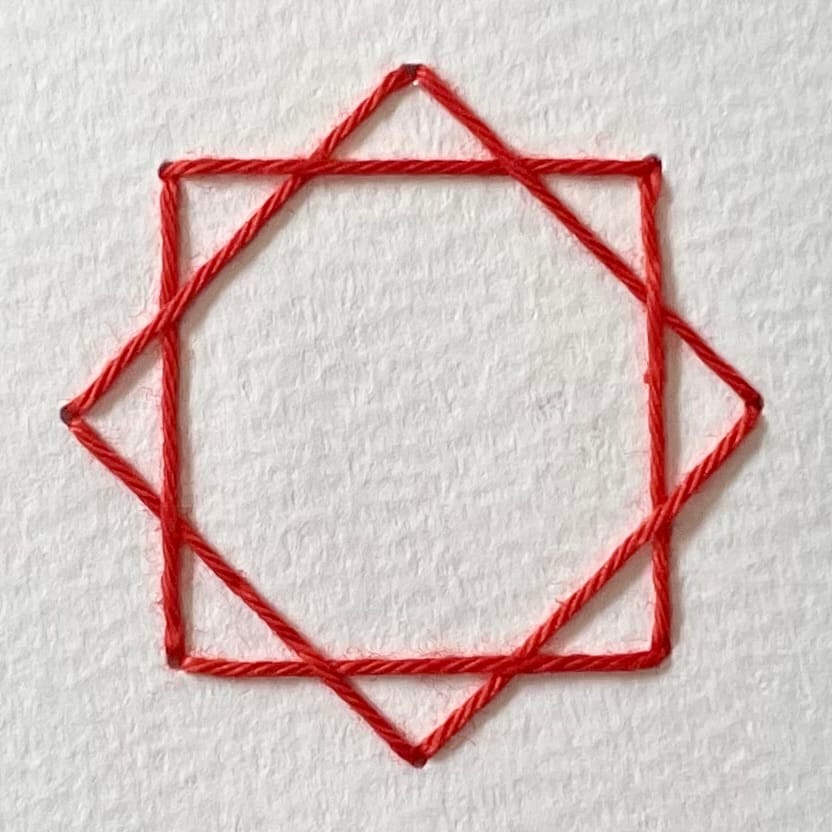
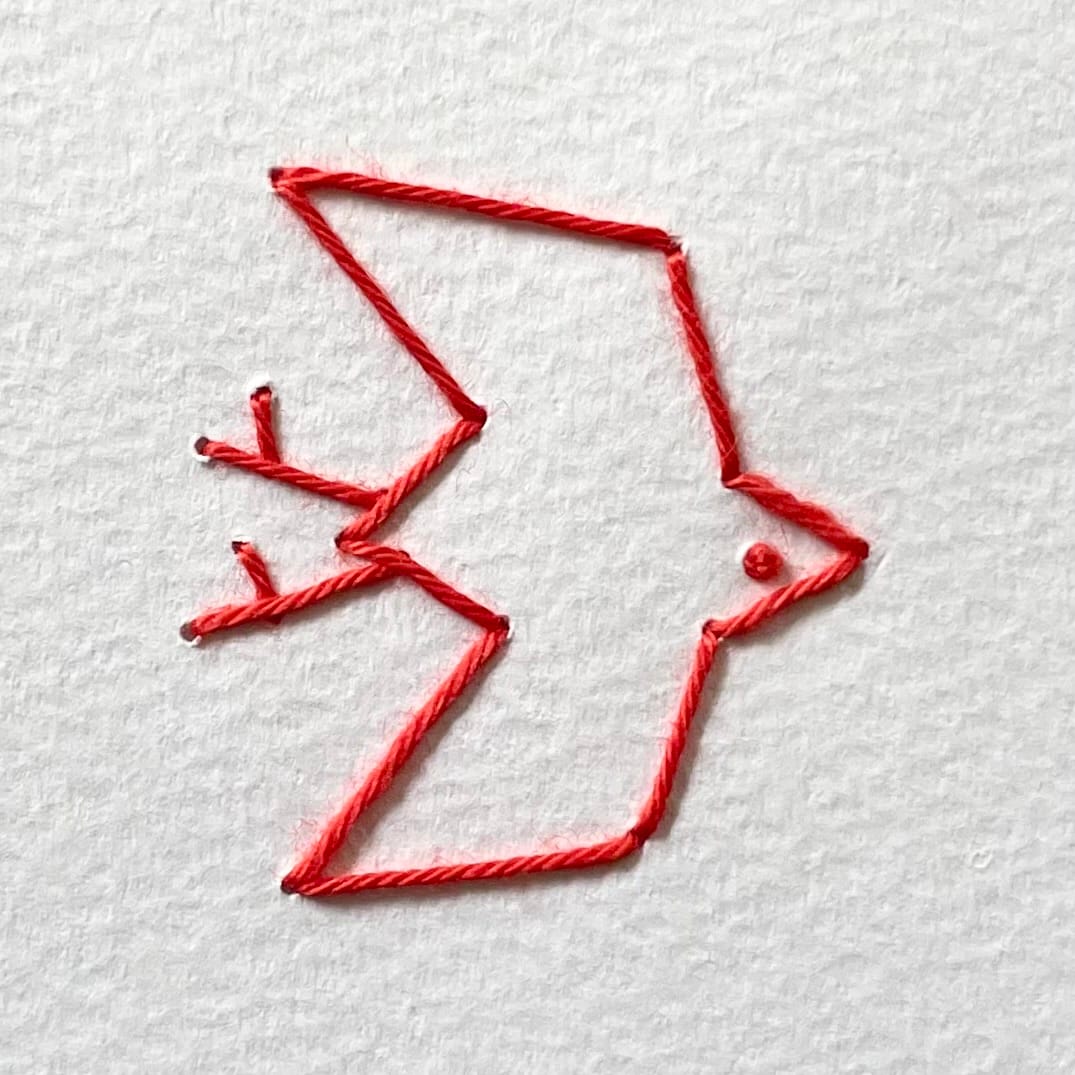
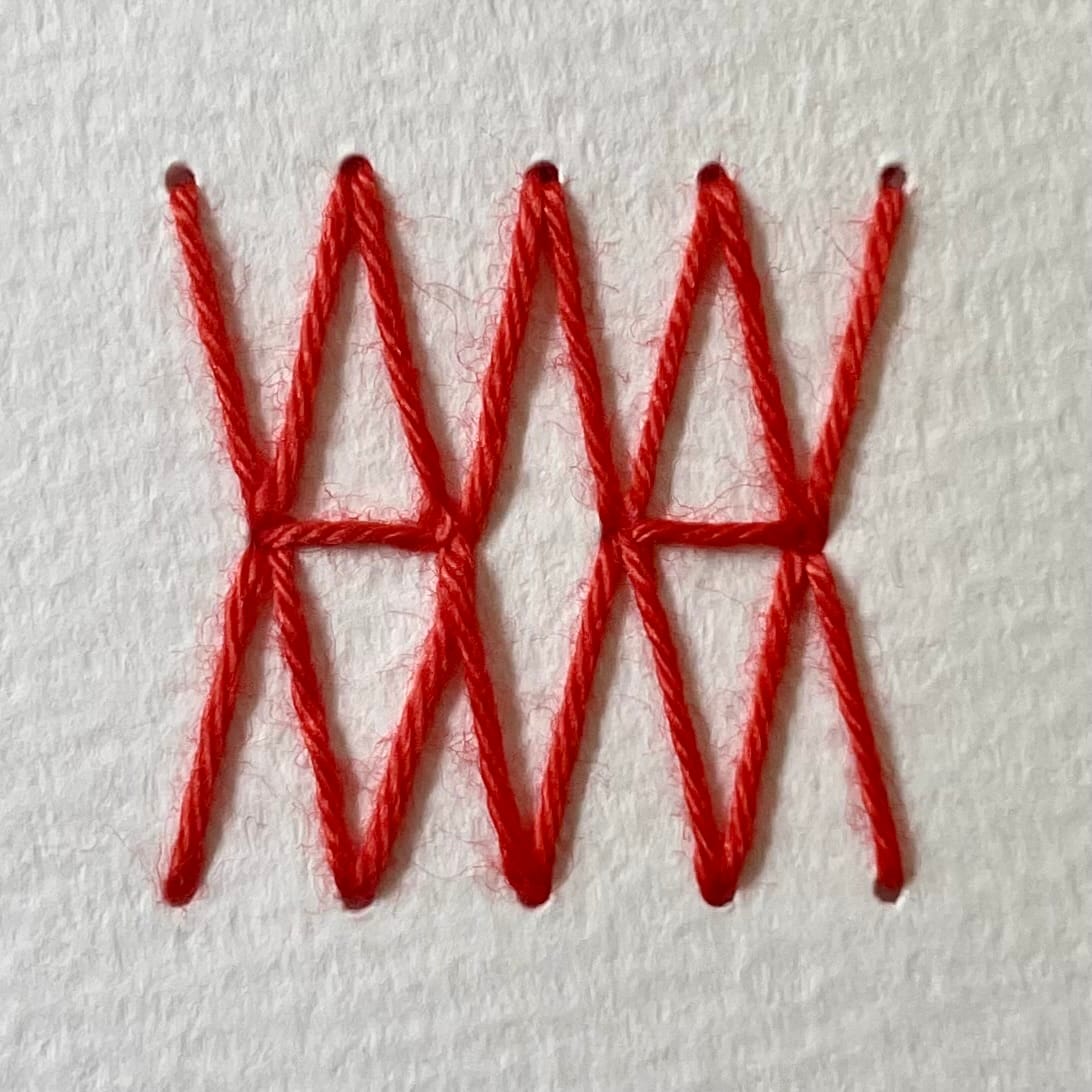
You only need to transfer some points onto the fabric you want to add your semamori to and you're good to go. I recommend stitching the semamori on paper once so you know what it looks like when it's finished.
My favorite semamori is a kagome pattern one for a very good friend of mine.
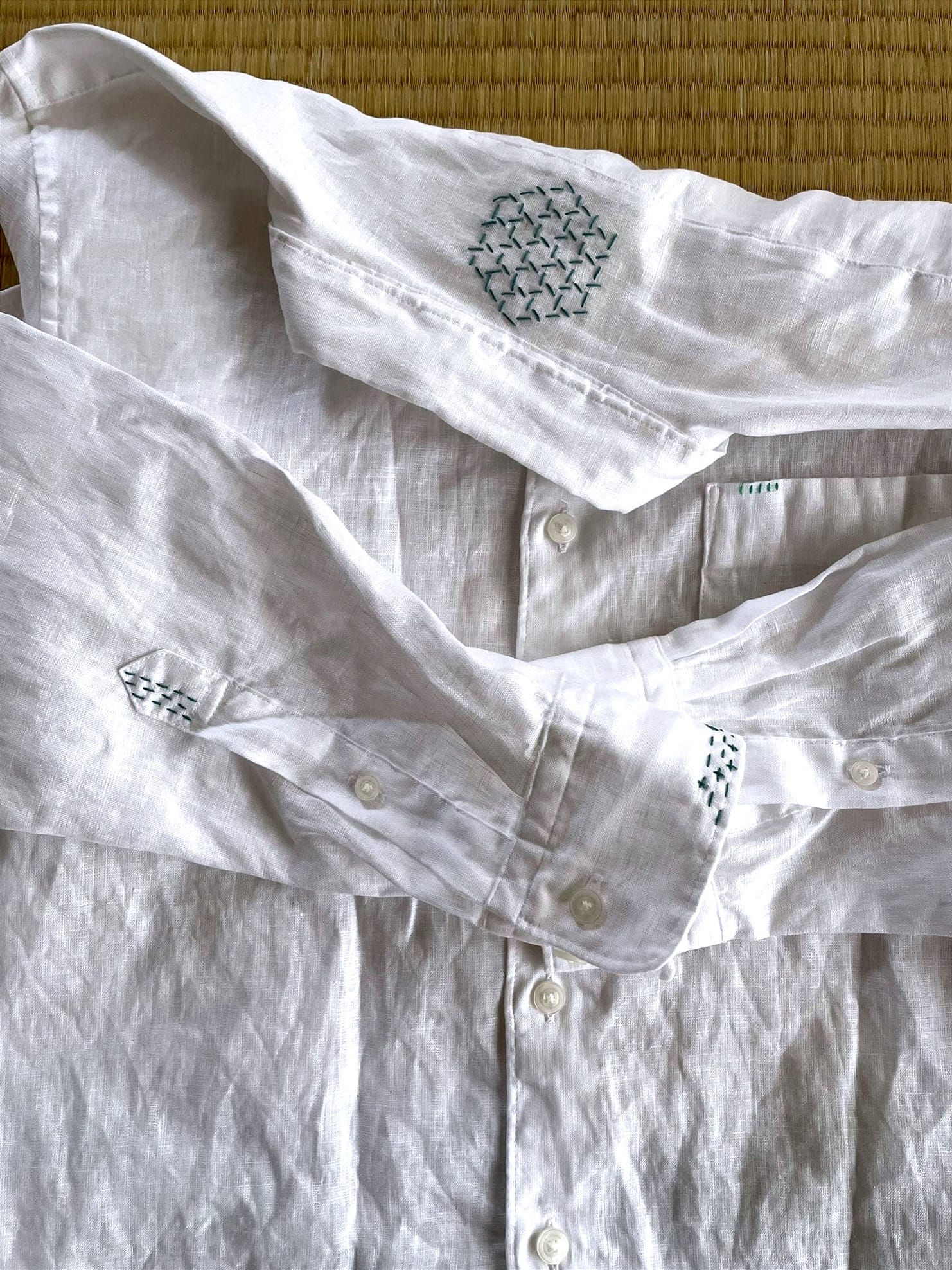
What is the connection between semamori and sashiko?
There's no direct connection. Both developed independently from one another.
But both traditions are of Japanese origin, both are done with a needle and thread, and both have wishes and hopes intertwined in their thread.
Japan is a country where spirits, both good and bad, are ubiquitous.
Both semamori and sashiko wish for the help and protection of good spirits while keeping bad spirits at bay. In a way, both techniques weave a little magic into your garments.
And who doesn't want a little magic to fill their days?
These are two of the books that I've read on the topic that I can highly recommend:
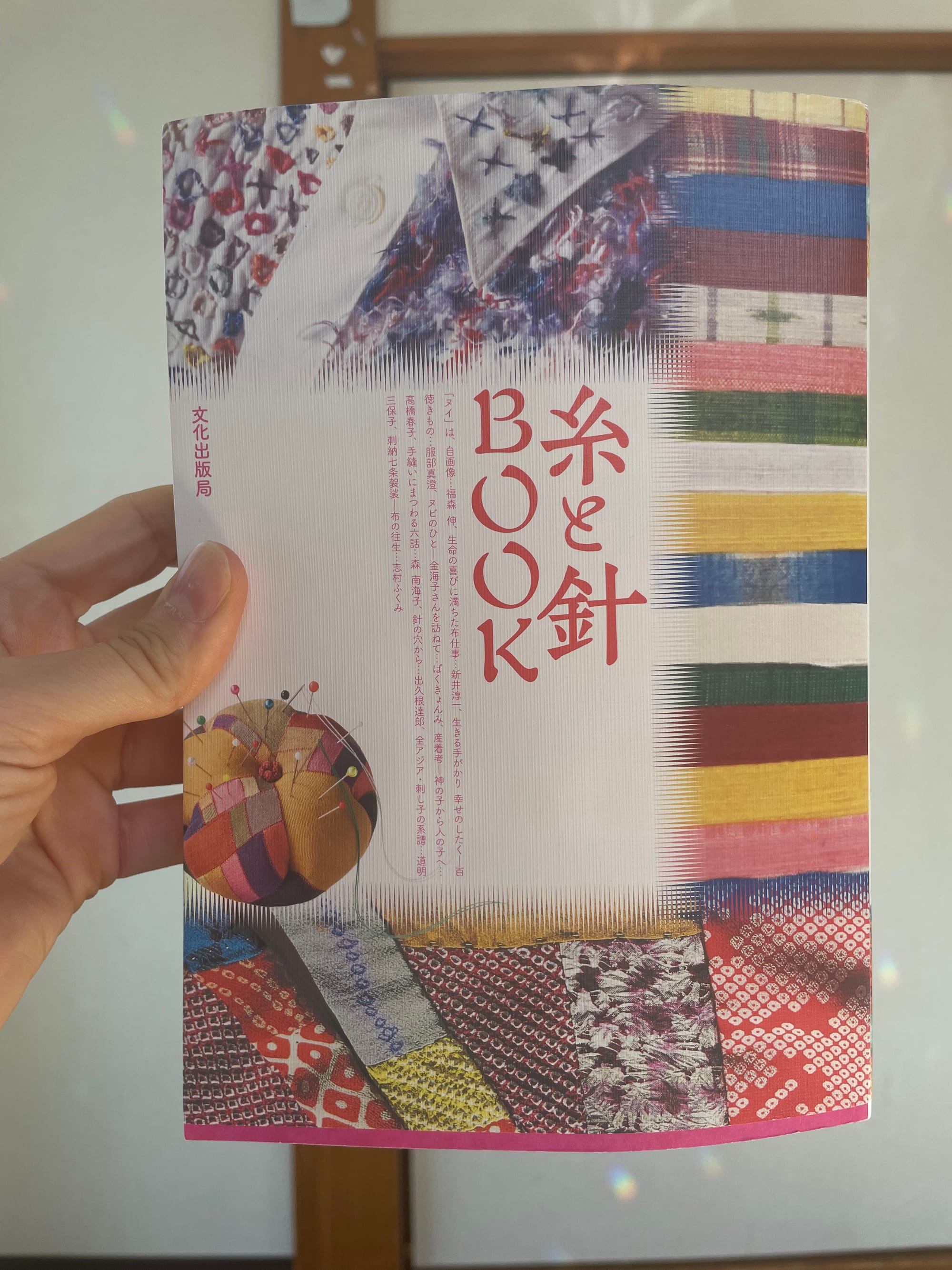
糸と針 BOOK
The book "Ito to Hari Book" is in Japanese and hardly ever available. I'm tagging it anyway because it is fantastic. It is not only on semamori but traditional Japanese stitching in general with lots of insight into history and local traditions.
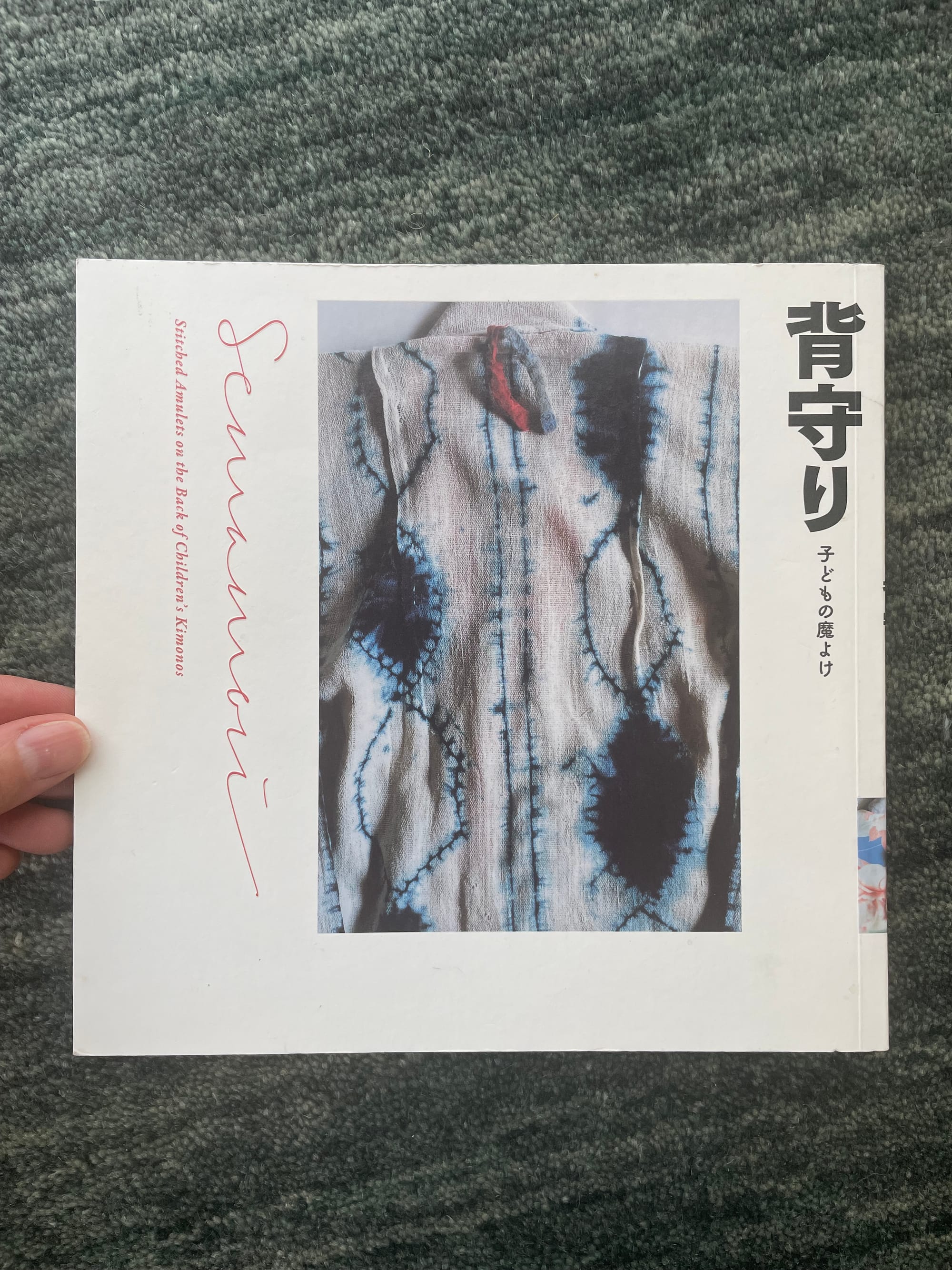
背守り ― 子どもの魔よけ
One of the most beautiful books I own. "Semamori – Kodomo no Mayoke" shows off lovely photos with a wide range of semamori. Although only in Japanese, I recommend this book for its wonderful photo collection.


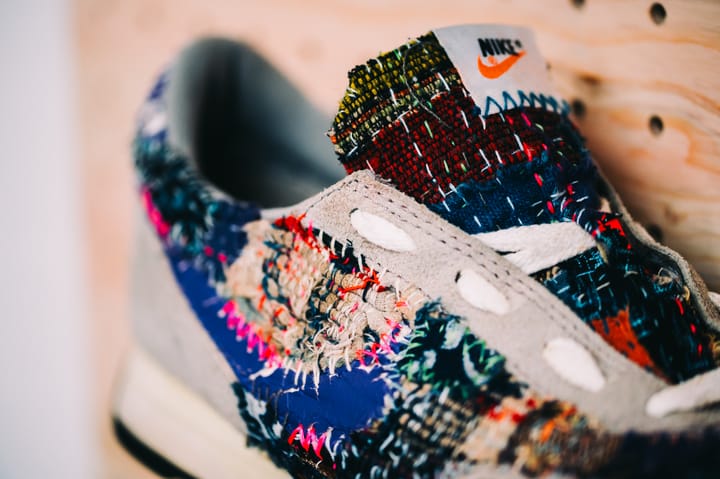
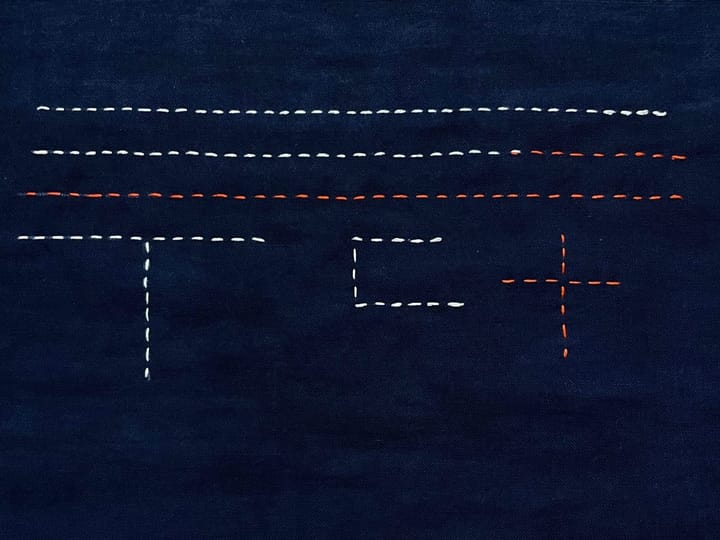

Comments ()